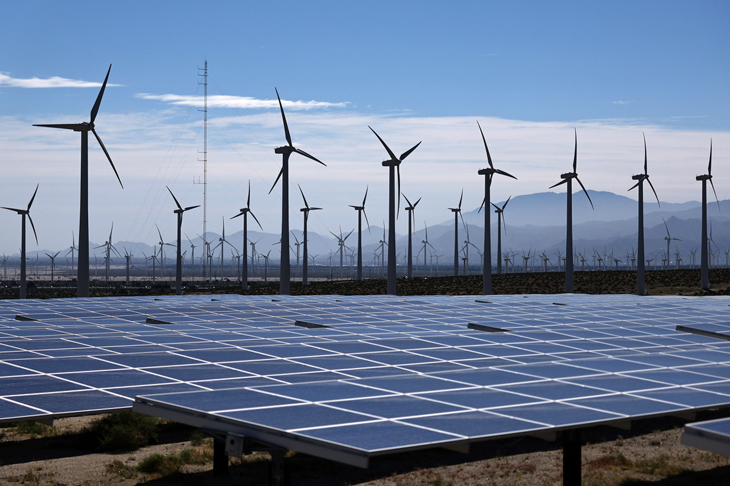Commentators and politicians who talk endlessly about the electricity grid’s inevitable transition to renewables seldom bother with the detail that private investors still have to fund the vast bulk of these supposedly cheap, green power projects.
The trouble is that those private investors are not much interested in ‘cheap’ power as that means low returns, and are instead putting their money elsewhere, including into fossil-fuel projects with potentially three times the rate of return.
Already a subscriber? Log in
Subscribe for just $2 a week
Try a month of The Spectator Australia absolutely free and without commitment. Not only that but – if you choose to continue – you’ll pay just $2 a week for your first year.
- Unlimited access to spectator.com.au and app
- The weekly edition on the Spectator Australia app
- Spectator podcasts and newsletters
- Full access to spectator.co.uk
Unlock this article
Mark Lawson’s book: Dark Ages - the looming destruction of the Australian power grid markslawson@optusnet.com.au
You might disagree with half of it, but you’ll enjoy reading all of it. Try your first month for free, then just $2 a week for the remainder of your first year.














Comments
Don't miss out
Join the conversation with other Spectator Australia readers. Subscribe to leave a comment.
SUBSCRIBEAlready a subscriber? Log in